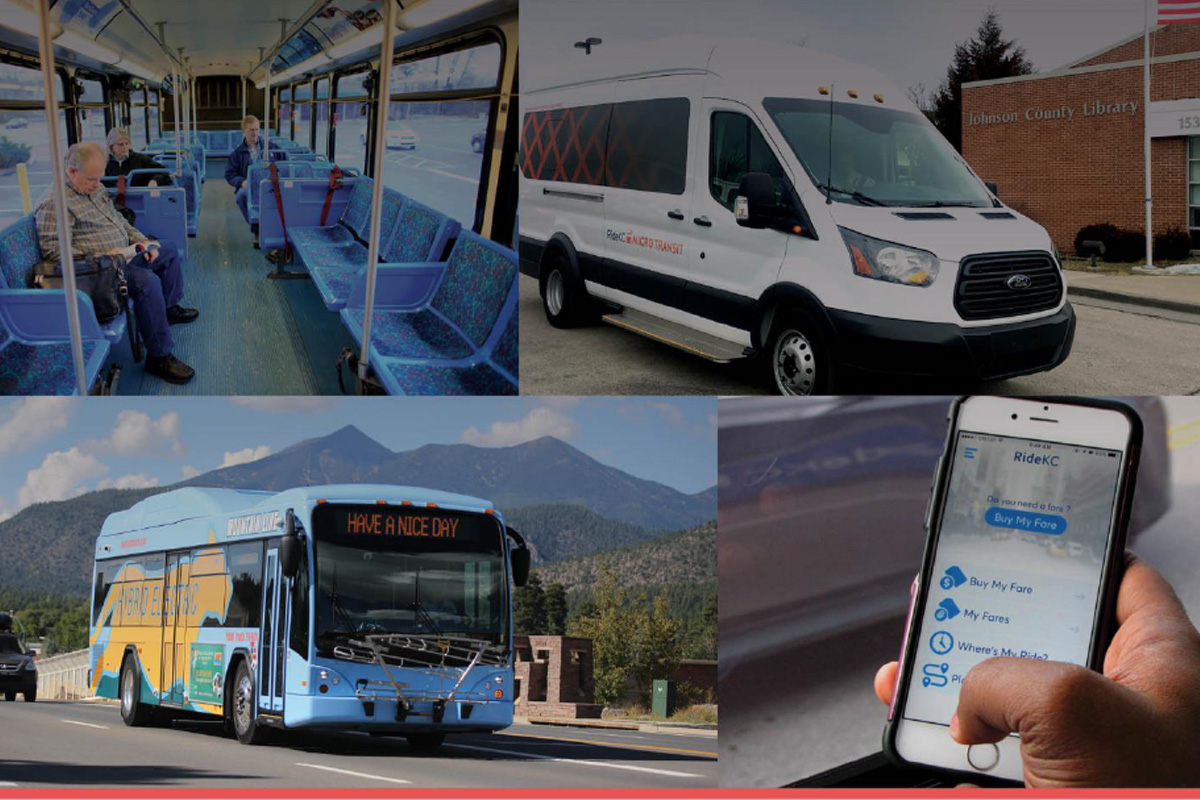Executive Summary
The National Center for Applied Transit Technology’s (N- CATT) is a technical assistance center with a mission to provide small-urban, rural, and tribal transit agencies with practical resources that help them apply technological solutions and innovations. In this setting, the Promising Practices Guidebook: Transit Technology Adoption is intended to be a resource to assist those transit agencies in understanding, selecting, and otherwise planning to incorporate new technology into service. The practices profiled in this Guidebook highlight an array of successful examples where technological approaches are used creative and innovatively that show promise for successful adoption or replication among small-urban, rural, and tribal transit providers.
A ‘Promising Practice’ has worked within at least one organization and shows promise during its early stages for becoming a recommended practice with long-term sustainable impact.
Most practices profiled in this Guidebook are in place at one or more rural, small-urban or tribal transit systems. Nevertheless, many technology-based innovations in transportation have been largely restricted to large-urban systems or dense urban areas. This Guidebook seeks to assist in spreading the benefits of those innovations to smaller transit agencies that may lack the resources and capacities to research, analyze, and test new solutions that could enhance their services. Focusing on technology implementation, this Guidebook is a useful tool for educating system managers and helping them to encourage influential stakeholders to support needed technological advancements.
Ten promising practices are profiled in this Guidebook, highlighting the context around the practice adoption, the needed resources, and the results lessons learned. A successful technology implementation may require establishing partnerships, building consensus among stakeholders, or cultivating support for innovation. Transportation providers also face barriers in harnessing the benefits of technology-based innovations such as the vast nature of many of the agencies’ service areas, the cost of deploying systems, and limited staff, to name a few. The experiences organized in this Guidebook aim to help other providers to learn from them and set them one step ahead when it comes to successfully implementing similar practices.
Promising Practice Identification
The identification and selection of promising practices followed a three-step process. The first step was a desk review to identify practices that may warrant inclusion in the Guidebook. Once a comprehensive list of practices was identified, indicators and a matrix were used to select the promising practices that would be profiled in this Guidebook. A set of eight indicators was used to evaluate each of the initially chosen practices to help determine the qualities that make a practice promising. These indicators were broad enough to assess a wide variety of practices. Once selected, the third and final step in the identification and selection process was to use a matrix to evaluate promising practices based on their performance for each one of the proposed indicators. The results of that analysis guided the selection of the promising practices profiled in this Guidebook.
Set of Indicators of “Promising Practices”:
- Innovativeness
- Replicability/Scalability
- Cost-Effectiveness
- Customer Usability
- Operational/Organizational Efficiency
- Impact on Performance Measures
- Risk/ Barriers
- Lifecycle/Sustainability
After collecting, organizing, and synthesizing available information for the selected practices, in-depth interviews with the staff leading these practices at agencies, organizations, or other partners were conducted to produce a profile of each promising practice. These interviews focused on how promising practices were developed, scaled, and evaluated, and to document lessons learned in the implementation process.
About N-CATT
The National Center for Applied Transit Technology (N-CATT) is a technical assistance center funded through a cooperative agreement with the United States Department of Transportation’s Federal Transit Administration (FTA). Operated by the Community Transportation Association of America (CTAA), the mission of N-CATT is to provide small-urban, rural and tribal transit agencies with practical, replicable resources that help them apply technological solutions and innovations. Among its activities, N-CATT produces a series of white papers, technical reports such as this document, and other resources, all of which can be accessed on-line at www.n-catt.org.
About this Document
This document was prepared for CTAA by Foursquare ITP in September 2020 as part of the N-CATT cooperative agreement between CTAA and FTA. Primary authors were Shana Johnson, Reinaldo Germano, Sofie Rhoads, Sanford Klanfer and Laura Culp of Foursquare ITP. Opinions expressed or implied in this document are those of the authors. Nothing in this document is to be interpreted as position, policy or guidance from the United States Government. Incidental use of companies’ names or the names of their products is made solely to facilitate discussion and should not be regarded as recommendations or endorsements.
This guidebook was updated for content and clarity on June 1, 2025. Authors from Full Path and Garnet Consulting on behalf of N-CATT have attempted wherever possible to contact the original interviewees and provide updates on the status of the included practices and technologies.


